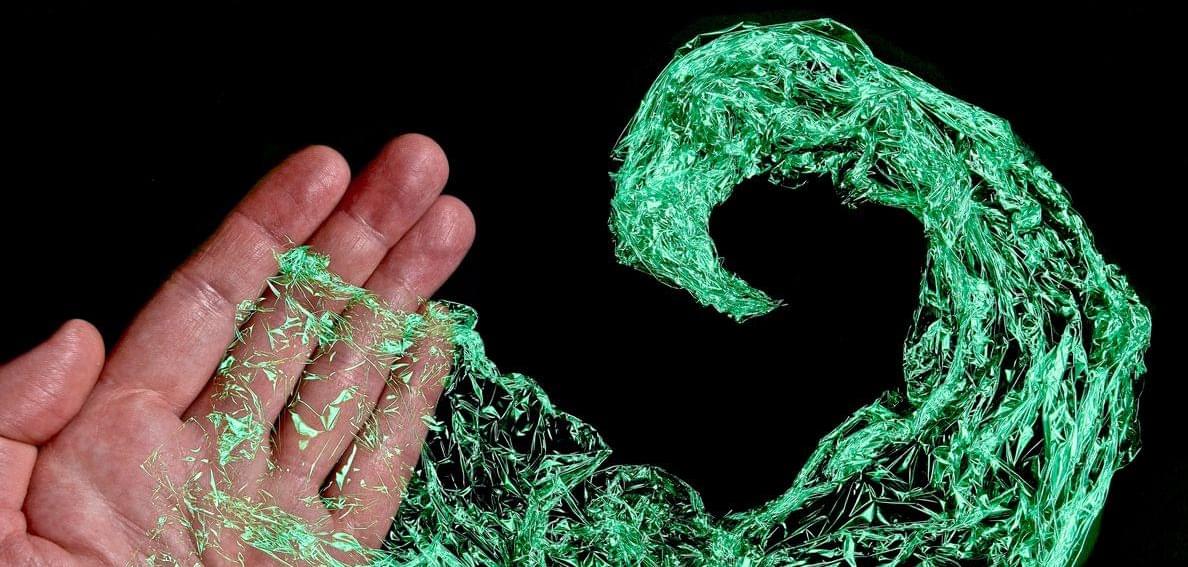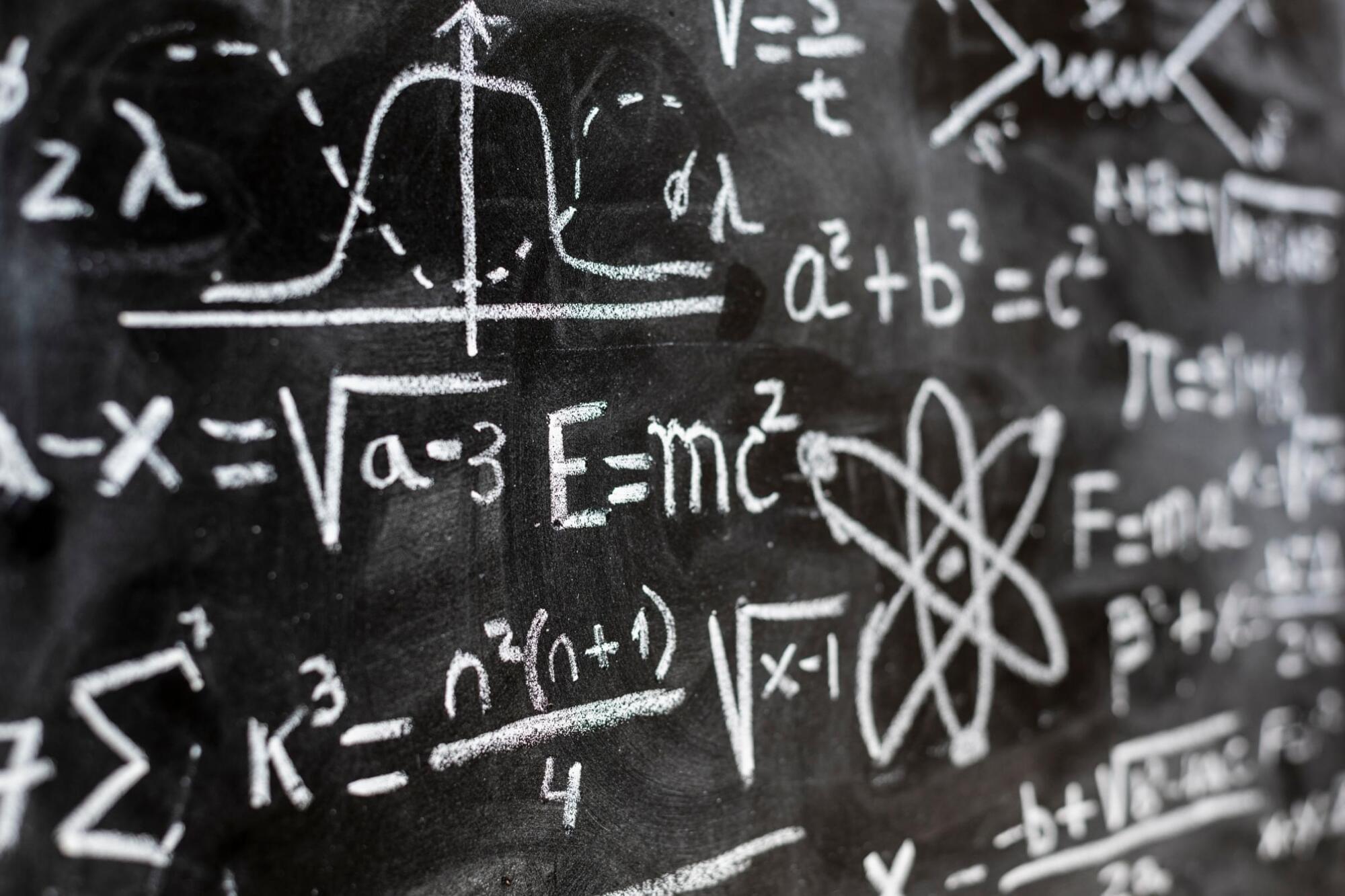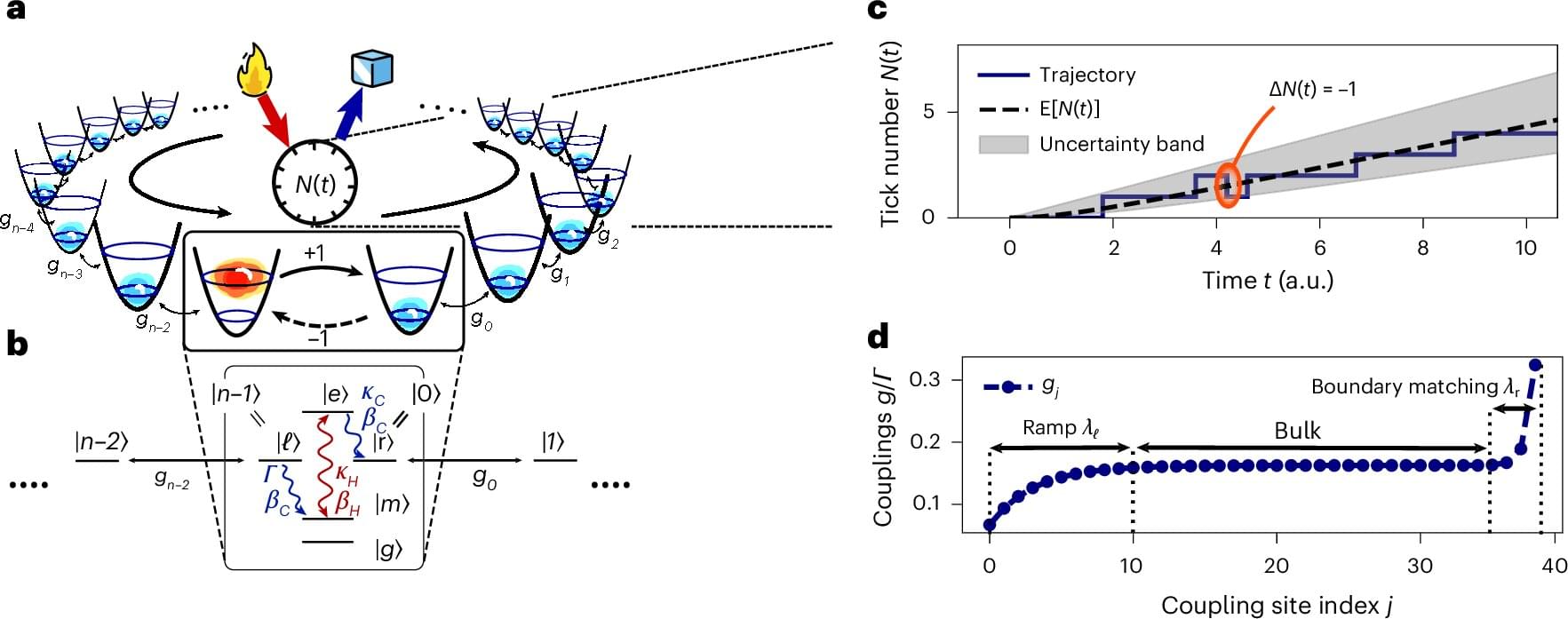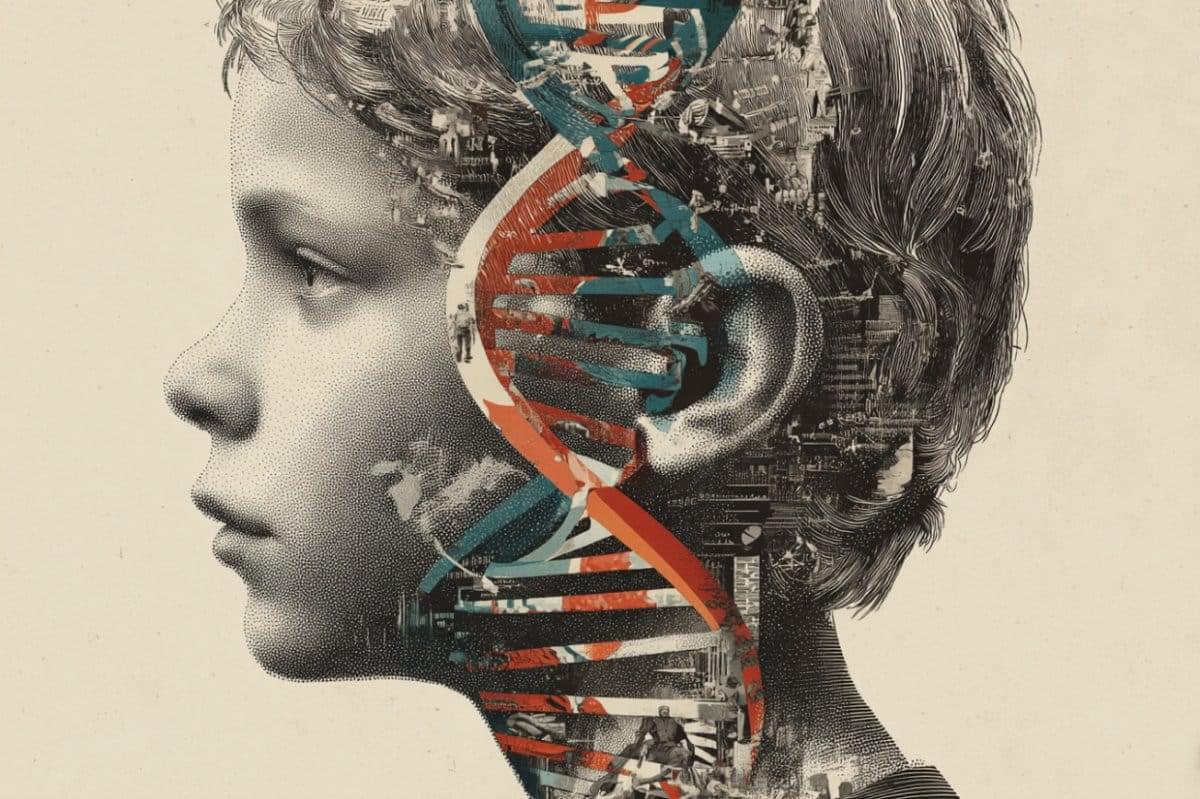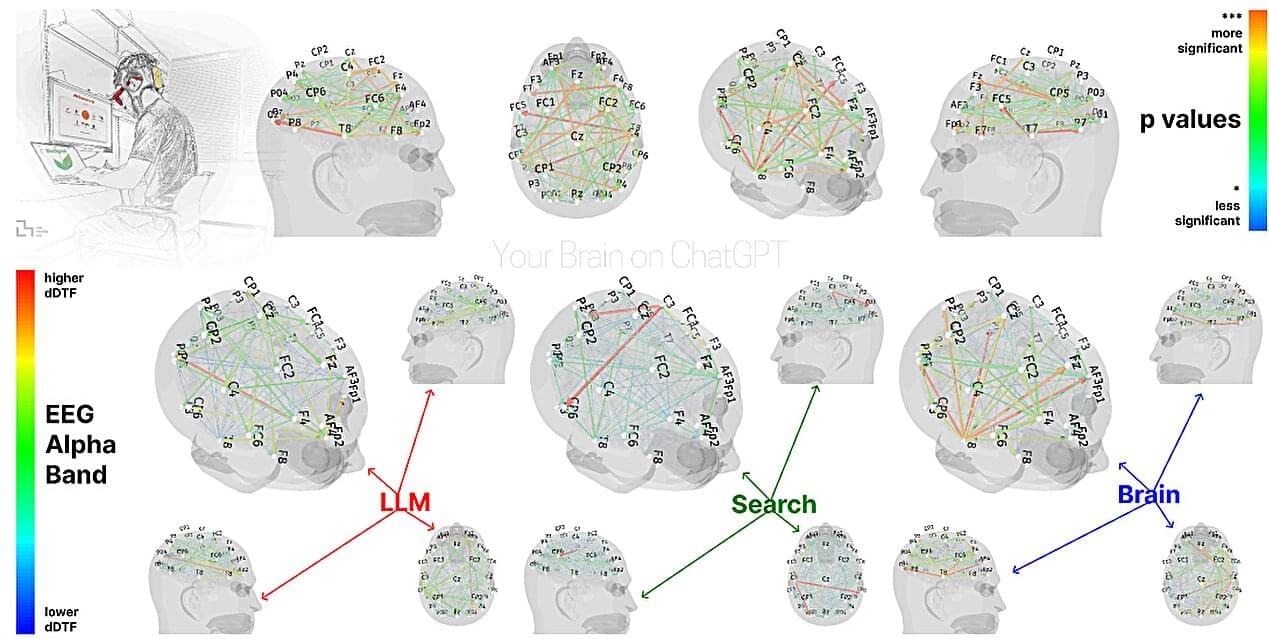News broke today about “one of the largest data breaches in history,” sparking wide media coverage filled with warnings and fear-mongering. However, it appears to just be a compilation of previously leaked credentials stolen by infostealers, exposed in data breaches, and via credential stuffing attacks.
To be clear, this is not a new data breach, or a breach at all, and the websites involved were not recently compromised to steal these credentials.
Instead, these stolen credentials were likely circulating for some time, if not for years. It was then collected by a cybersecurity firm, researchers, or threat actors and repackaged into a database that was exposed on the Internet.



